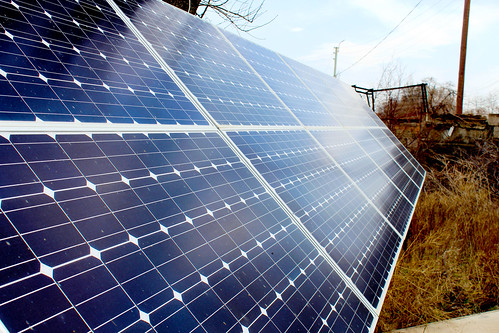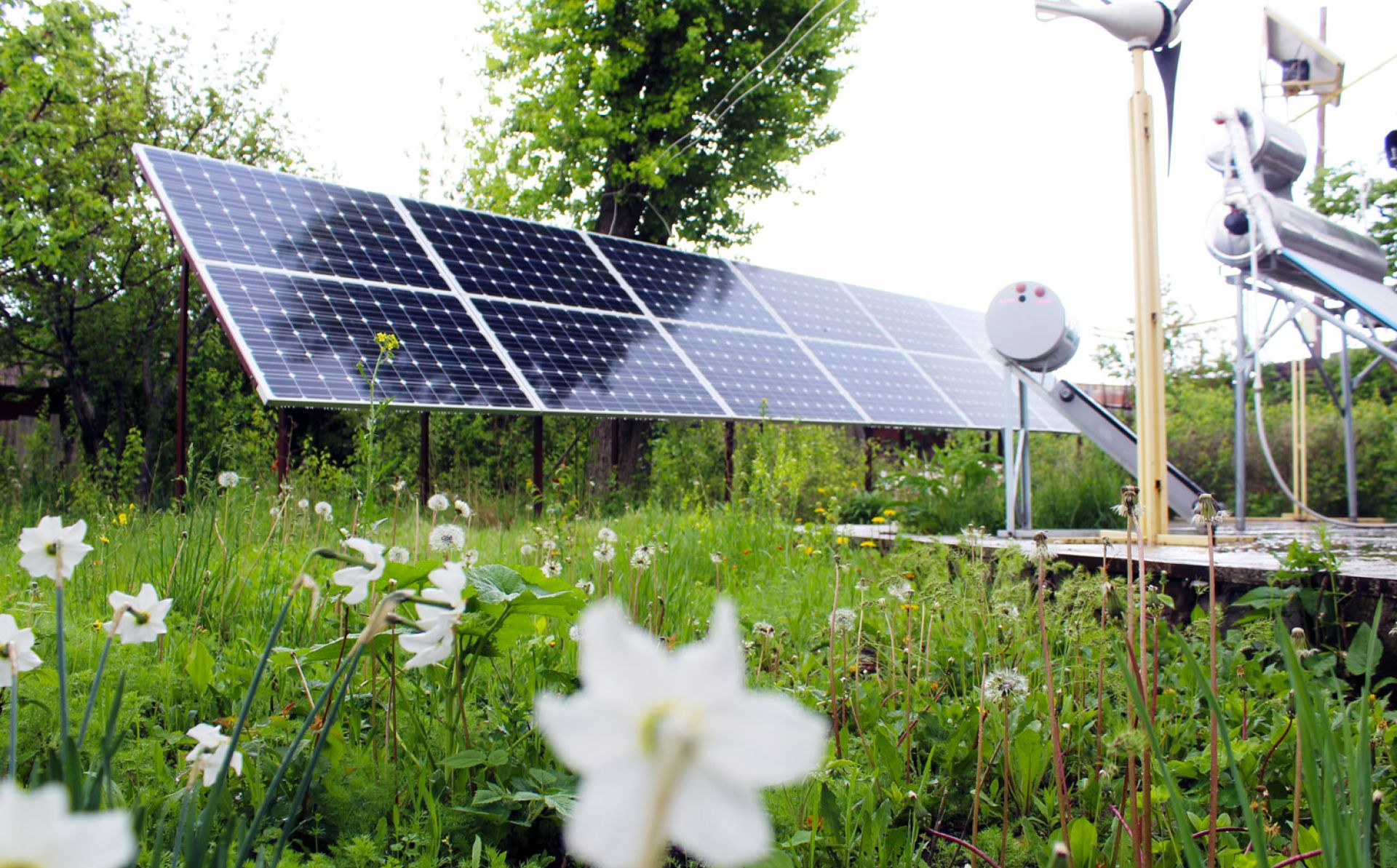
EU’s Green Energy Project helps fight poverty in Armenia
Armenia is making its first steps in the field of green energy. If we consider the country’s geographical location and high levels of sunshine, solar energy in particular can be an excellent solution for local communities who still face problems with heating supply. Green energy is both less expensive and environmentally friendly.
The European Union (EU), with its various initiatives and programmes, is supporting Armenia’s switch to green energy. One project that is supporting this transition is the Green Energy for Green Socio-Economic Progress Project. The ‘Green Energy Project’, as it is known, aims to promote renewable energy among society, local authorities and civil society organisations in Shirak Province. The project also intends to reduce the level of poverty in the region by encouraging public authorities and citizens to install green energy facilities, which can generate income and improve quality of life. For instance, building a greenhouse combined with air heaters can extend harvesting seasons and increase income.
Shirak’s green energy experience
The creation of the Armenian Green Technologies Center in Gyumri has been one of the most important results of the Green Energy Project in Armenia.
Initially, three enthusiastic experts – Khachik Sahakyan, Arsen Karapetyan and Gevorg Petrosyan – worked with different NGOs, receiving small grants for green energy initiatives. But soon enough, they realised that there was a need to create a green energy hub in Armenia which could also serve as an educational and informational platform. While helpful, their enthusiasm and the small grants they received were not sufficient to implement this idea.
However, with the help of the EU and in cooperation with the Austrian NGO Hilfswerk International they received an opportunity to bring their idea to life and founded the Armenian Green Technologies Center in 2016 in the frame of the Green Energy Project.
The project was implemented in two stages. First, eight communities were chosen to demonstrate the benefits of renewable energy and energy efficiency measures for different purposes and target groups. (solar water heaters, photovoltaic systems, solar fruit dryers, energy-efficient reconstruction)
During the second stage, the Armenian Green Technologies Center organized study visits and trainings for representatives of other communities of Shirak Province. Later on, these communities presented their own project ideas, and 15 of them received small grants for their implementation.
One such community which profited from the small grants scheme was that of Shirak Province. Shirak is well known for its high poverty rates and finding a solution to this would change the lives of many families in the community. For instance, an average family of five pays approximately 25,000 AMD [around €42] for gas each month. However, if they install a solar water heater, it’s likely that they will pay just 8,000 AMD [€13]. Saving 17,000 AMD [€29] a month will help these families greatly. In two years, they will be able to pay off the installation costs of the equipment and then have free heating from the solar energy. The scheme can be extended by a solar food dryer. This provides an additional opportunity to the families to dry the fruits they grow and sell them in winter. This system therefore not only helps families to save money, but also helps them earn additional income.
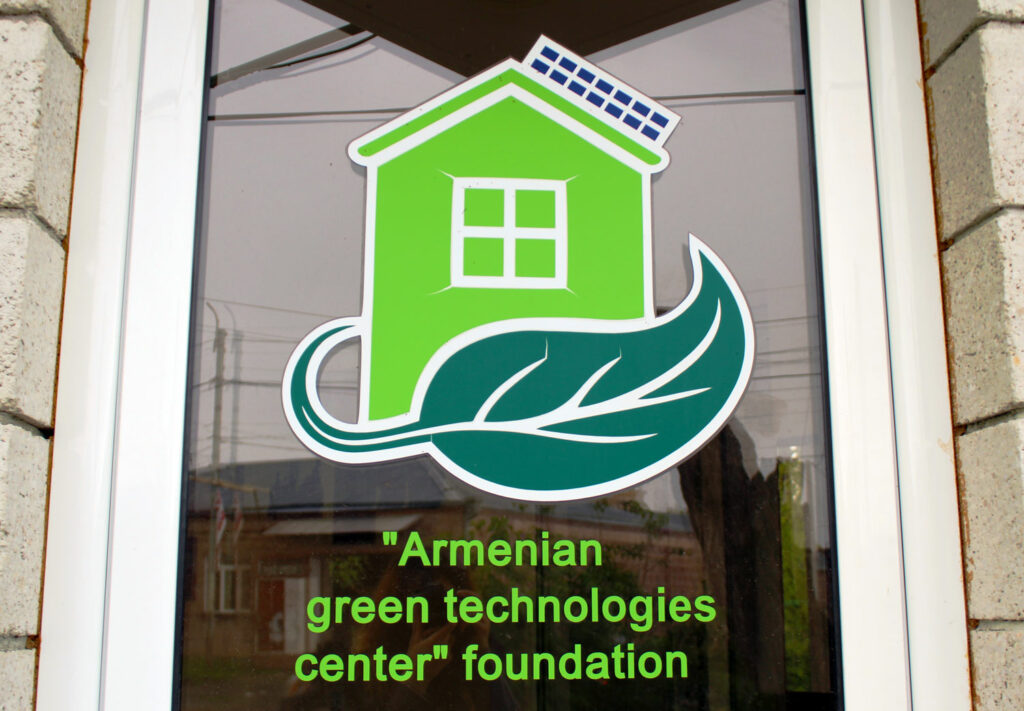 Armenian Green Technologies Center
Armenian Green Technologies Center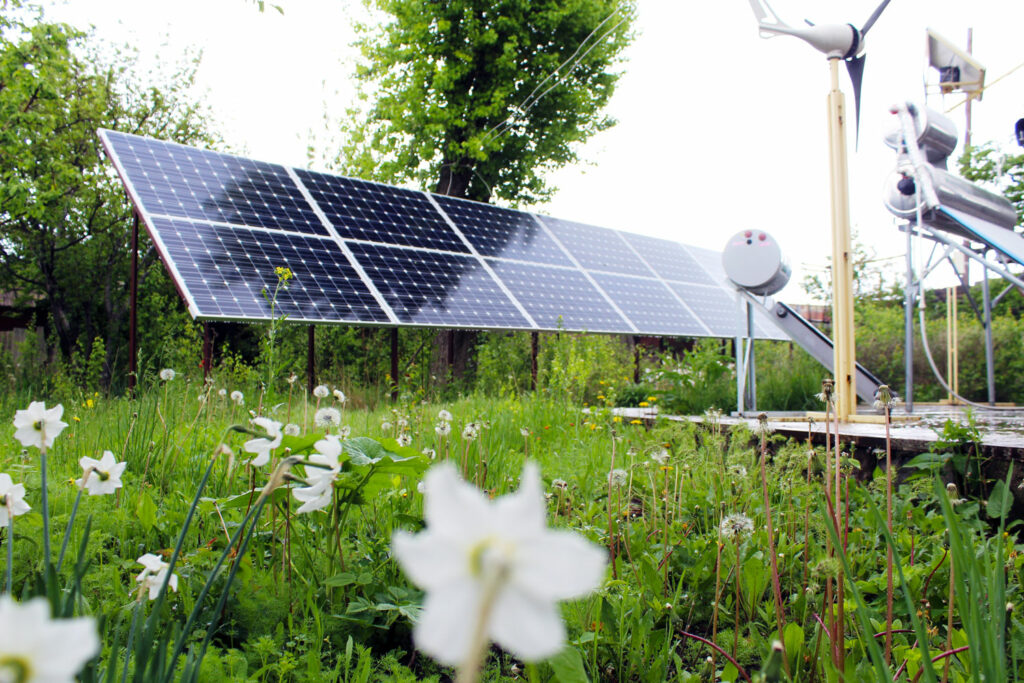 Solar panels at Armenian Green Technologies Center
Solar panels at Armenian Green Technologies Center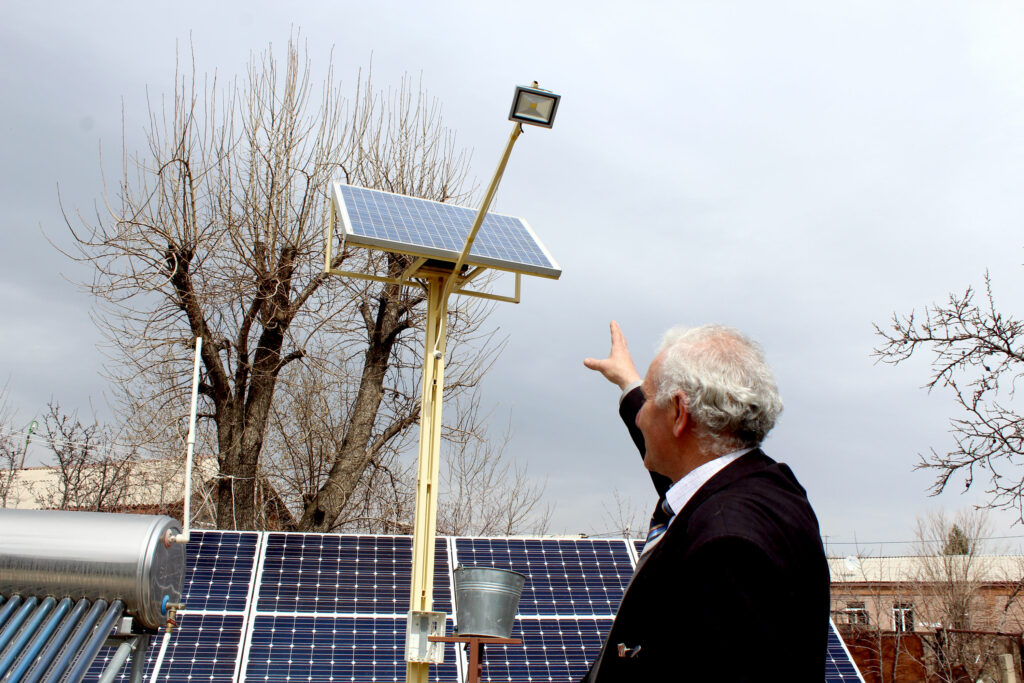 Armenian Green Technologies Center
Armenian Green Technologies Center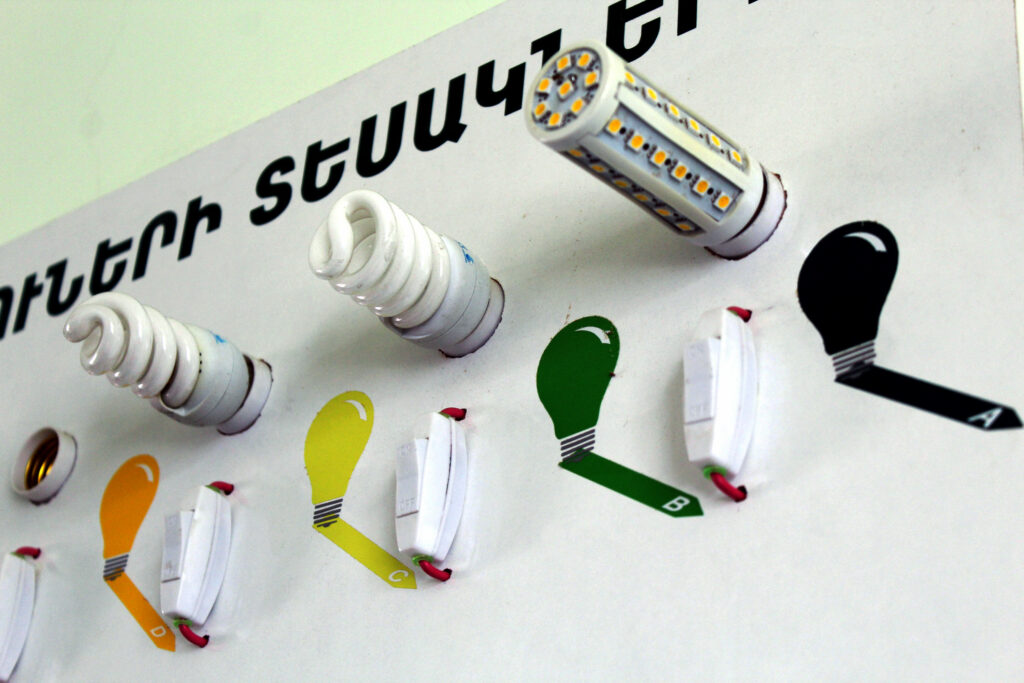 Armenian Green Technologies Center
Armenian Green Technologies Center
Gusanagyugh kindergarten and school to benefit from green energy
Gusanagyugh is a village in Armenia, situated not far from the country’s border with Turkey. The village received a small grant under the Green Energy project for the development of green energy technologies.
Visitors to the community are welcomed by a monument to victims of the Second World War. Right next to the monument, a photovoltaic system has been installed which powers the local water pump and irrigation network, supplying water to the whole community. Thanks to this system, community members have an underground water supply and can irrigate their communal garden for free.
The head of Gusanagyugh’s local administration, Vasak Ghazaryan, explains that before the project, this area was deserted and had turned into rubble. However, since the start of the project in 2016, local residents have been cleaning the area and started planting fruit trees. They have already planted approximately 750, trees growing an array of fruits including apricots, apples, plums and cherries.
As part of the project, 2-kilowatt (kW) solar panels were installed in order to ensure the operation of the irrigation system for the garden. Shortly afterwards, a local businessman assisted the community by helping to install additional 3-kW solar panels. Gusanagyugh village is now producing 5 kW of electricity per hour – enough not only to power the water pump, but also to ensure some electricity needs of the community’s street lighting system.
A 0.75-kW pump has been installed in a deep pit, ensuring the water supply for the irrigation of approximately two hectares of fruit gardens. Ghazaryan explains that they use a drip irrigation method, which means less water is lost and favourable conditions are created for the growth of the trees.
“This project has a social objective of providing assistance to our school and kindergarten,” says Vasak Ghazaryan. After harvesting the fruits, the community gives them to the school and kindergarten in Gusanagyugh. “We also plan to help socially vulnerable families. It is a charitable project – we do not pursue profits.”
More than half of the members of Gusanagyugh community live beyond the poverty line. The villagers hope that this project can bring a solution to their problems.
Ghazaryan mentions that they use the solar power to operate the irrigation system for only three months of the year. The rest of the time, the community uses the solar power to light up some of the village’s streets: “The solar energy helps illuminate 30 per cent of our streets, at no cost at all,” he says. “We also sell the green energy to Electric Networks of Armenia, generating some profit for the local budget.”
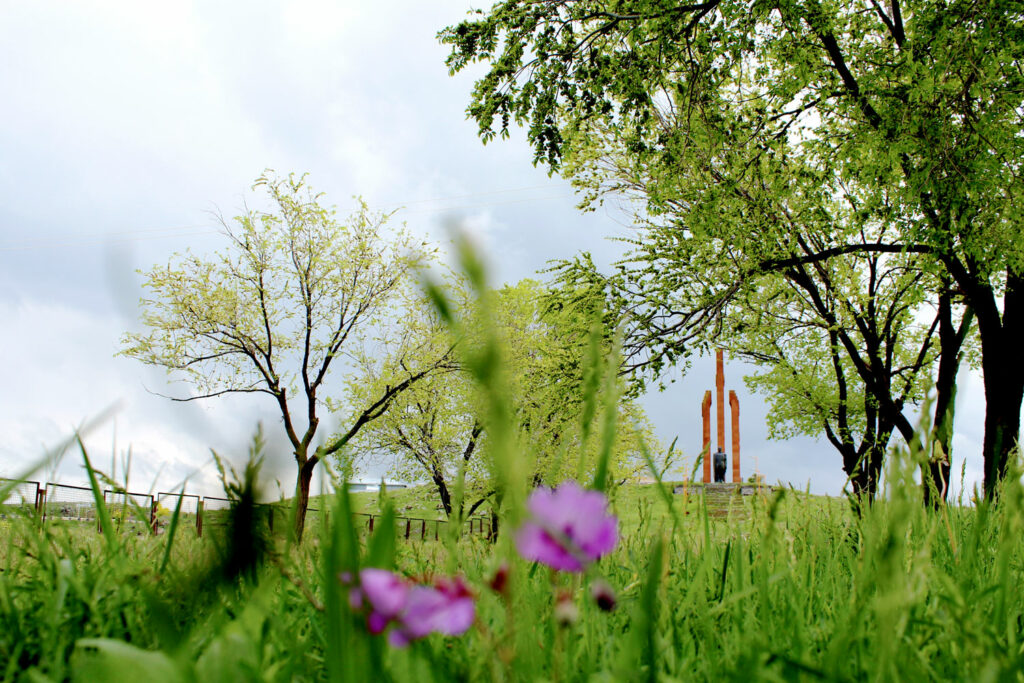 Gusanagyugh fruit garden
Gusanagyugh fruit garden The head of Gusanagyugh’s local administration, Vasak Ghazaryan
The head of Gusanagyugh’s local administration, Vasak Ghazaryan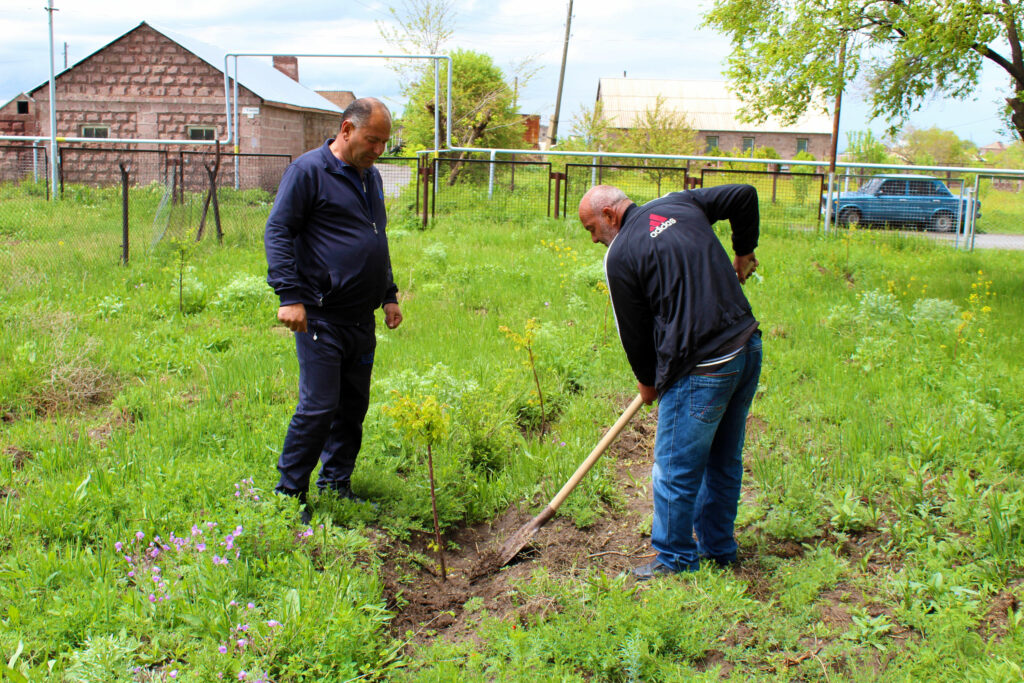 Planting trees in Gusanagyugh garden, Shirak
Planting trees in Gusanagyugh garden, Shirak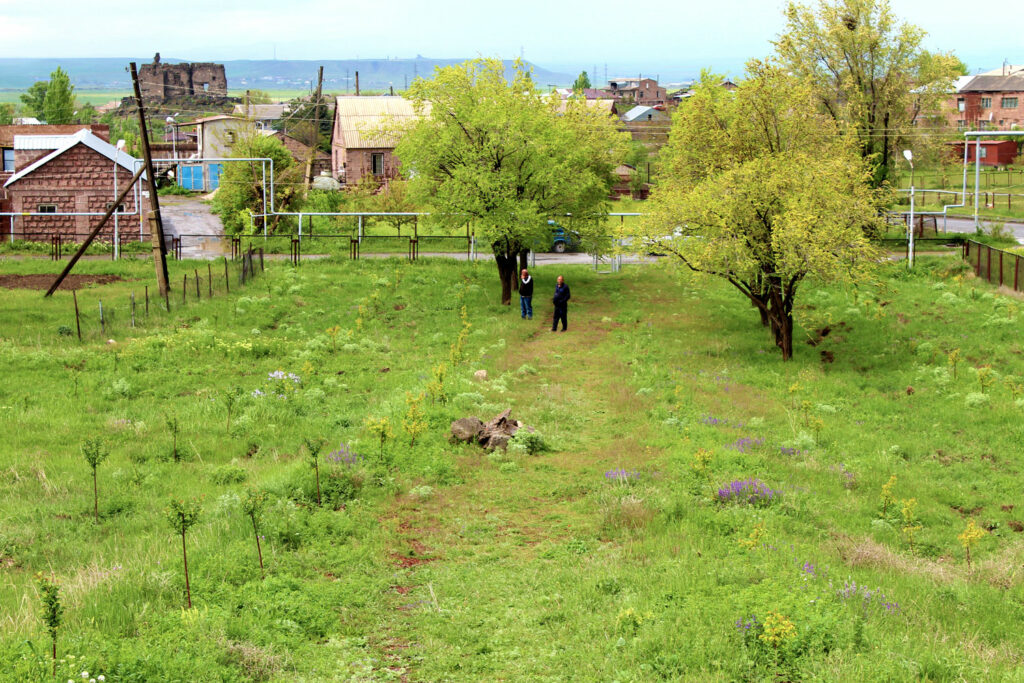 Gusanagyugh fruit garden
Gusanagyugh fruit garden
Overall, the garden project has not had immediate results, as the trees still need time to grow. However, according to Ghazaryan, it has already brought some results. For instance, thanks to the project, five people were employed to take care of the garden. There are also plans to install a solar fruit dryer, so that members of the community can dry their fruit and sell it on for profit: “People now see that the village is developing and they don’t think to move away in search of better job opportunities.”
Smbat Kamalyan, who lives in Gusanagyugh, says that the garden has become one of his favourite places, where he can both relax and help the workers take care of the trees: “Our lives have become much more interesting; we are creating a garden, people see that they can work in the community and they can have a future here,” he says.
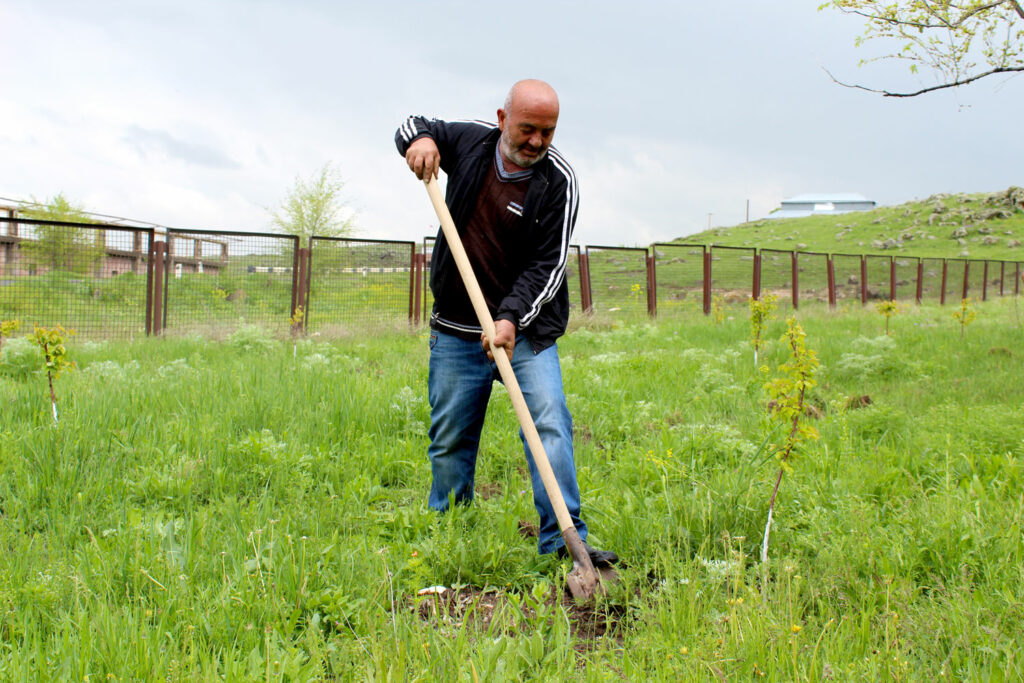 Planting trees in Gusanagyugh garden, Shirak
Planting trees in Gusanagyugh garden, Shirak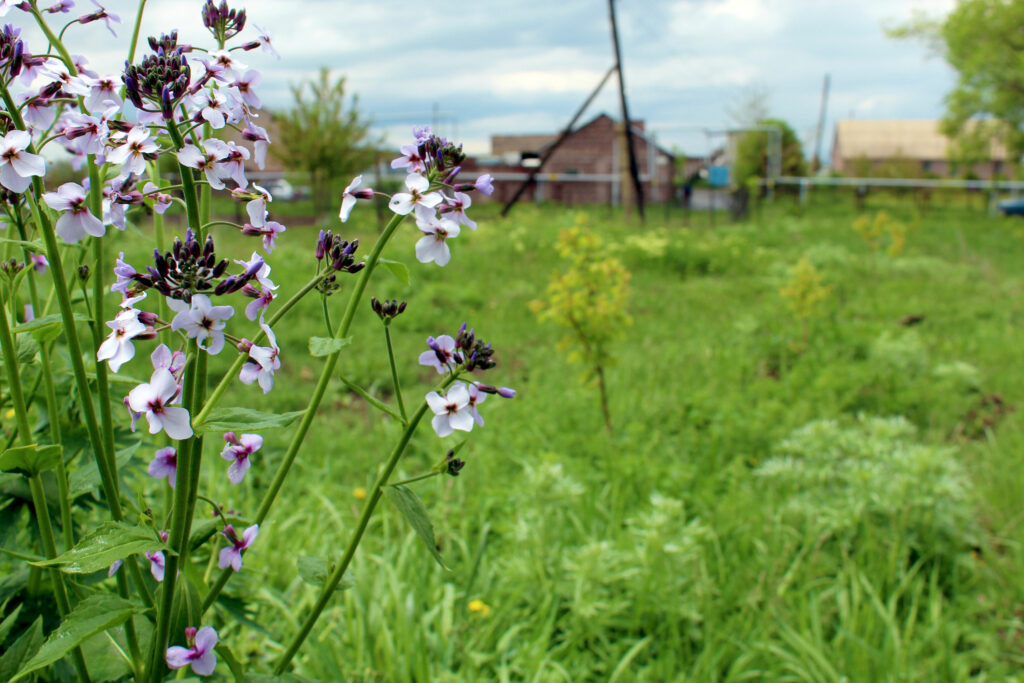 Gusanagyugh fruit garden
Gusanagyugh fruit garden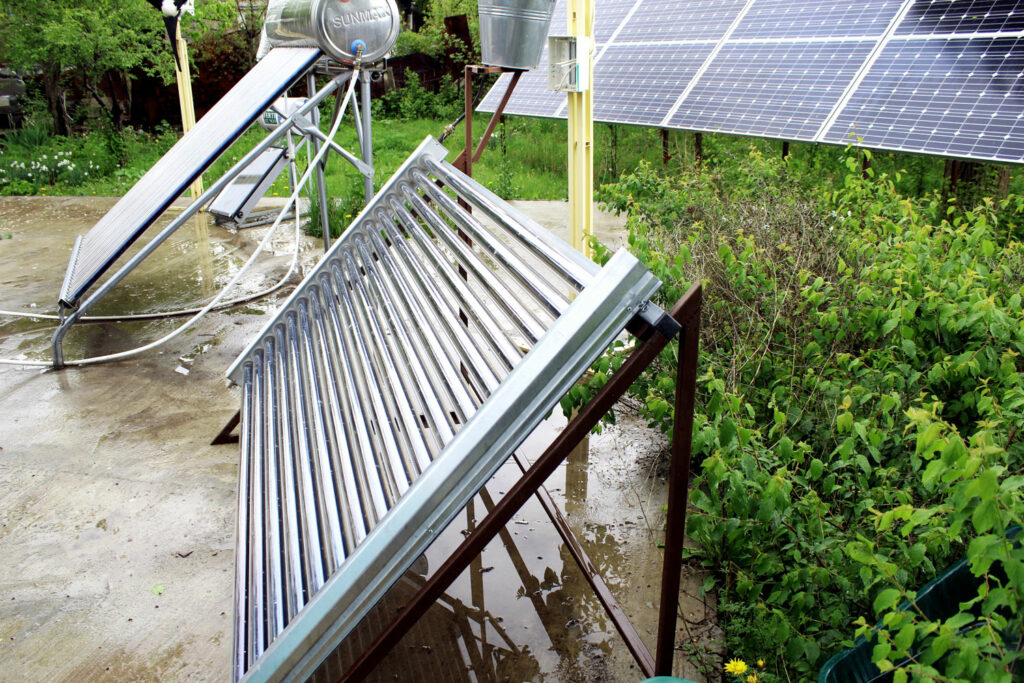 Solar system in Armenian Green Technologies Center
Solar system in Armenian Green Technologies Center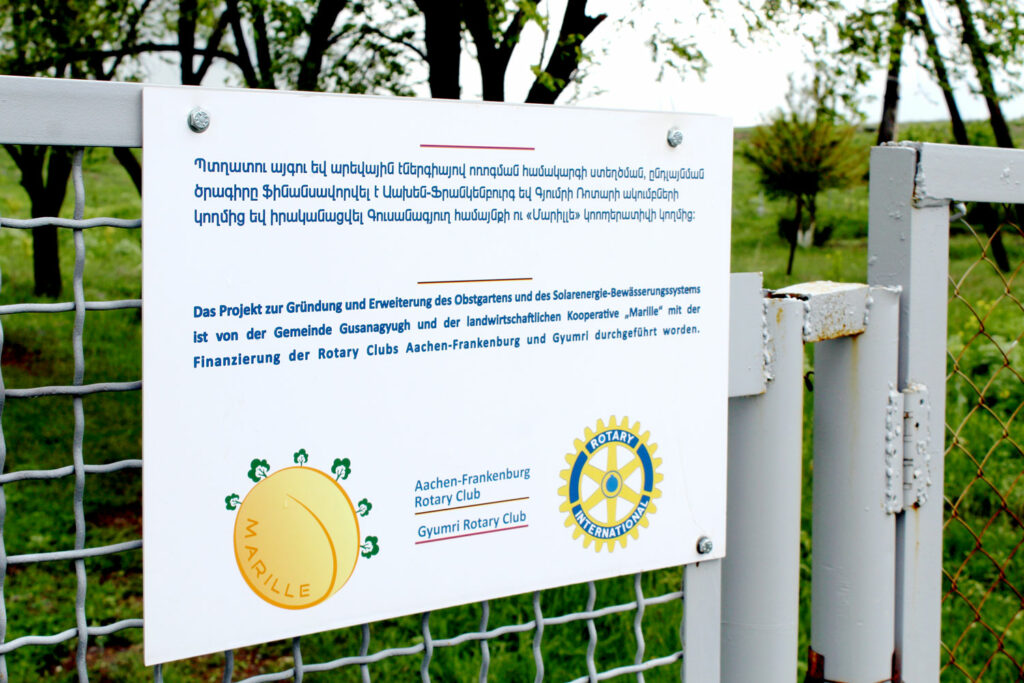 Armenian Green Technologies Center
Armenian Green Technologies Center
One factor that demonstrates the success of a project is its continuation after the end of its funding. The Armenian Green Technologies Center is a good example of this. Since the conclusion of the Green Energy for Green Socio-Economic Progress project in 2017, donors and individuals have continued to invest in and improve the existing systems. Moreover, the Armenian Green Technologies Center has continued its activities and is training new professionals who will promote green energy in the country. By supporting this project alone, the European Union has significantly boosted Armenia’s switch to green energy.
Author: Ami Chichakyan
Article on Aravot.am in English
MOST READ
SEE ALSO
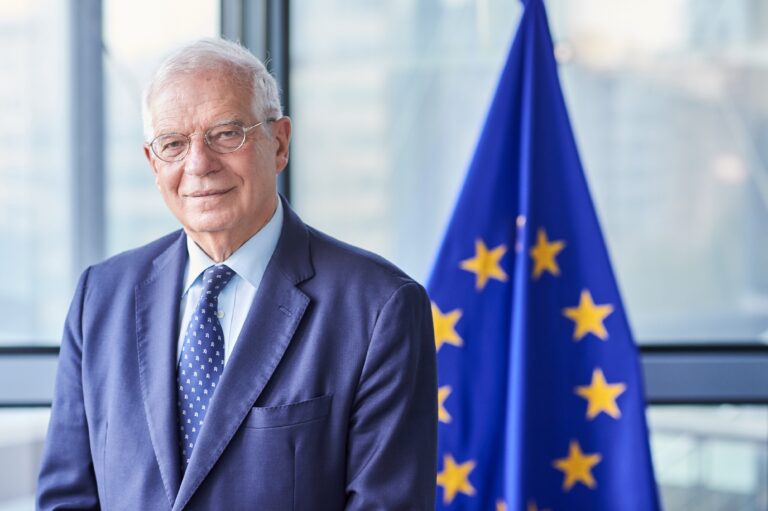
No, time is not on Russia‘s side
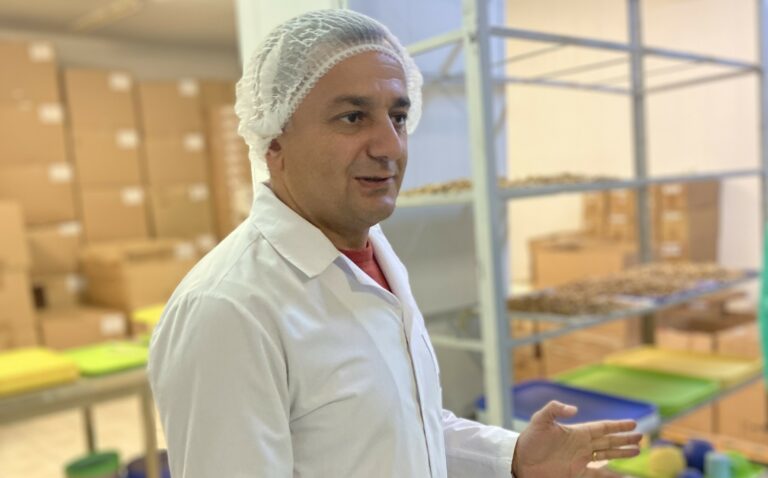
Sweet smell of chocolate
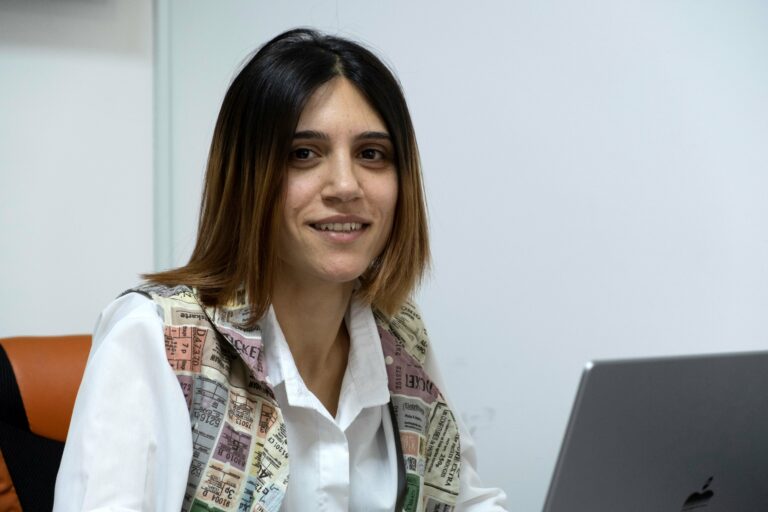
‘Be yourself, and always move forward’: Meri’s advice to young women in business

Be one step ahead of a hacker: check simple cybersecurity tips!
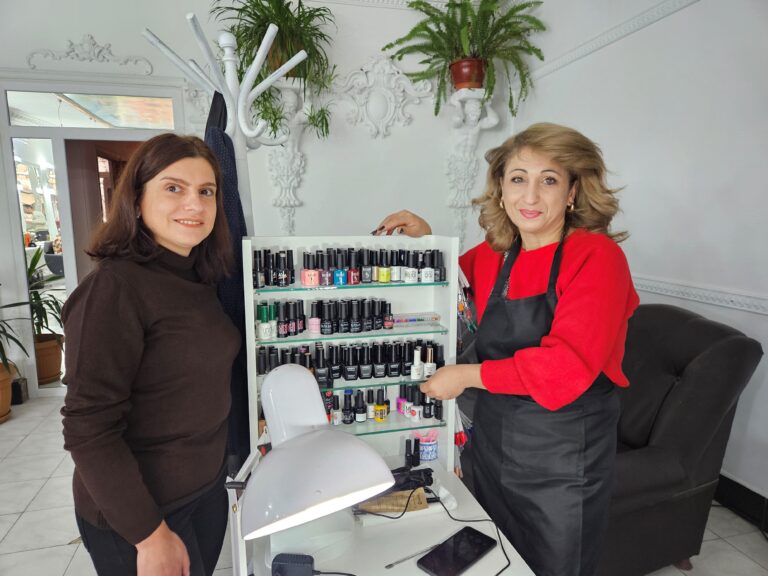
The power of skills: women paving the way to their own business in rural Armenia
More campaign pages:
Interested in the latest news and opportunities?
This website is managed by the EU-funded Regional Communication Programme for the Eastern Neighbourhood ('EU NEIGHBOURS east’), which complements and supports the communication of the Delegations of the European Union in the Eastern partner countries, and works under the guidance of the European Commission’s Directorate-General for Neighbourhood Policy and Enlargement Negotiations, and the European External Action Service. EU NEIGHBOURS east is implemented by a GOPA PACE-led consortium. It is part of the larger Neighbourhood Communication Programme (2020-2024) for the EU's Eastern and Southern Neighbourhood, which also includes 'EU NEIGHBOURS south’ project that runs the EU Neighbours portal.

The information on this site is subject to a Disclaimer and Protection of personal data. © European Union,
